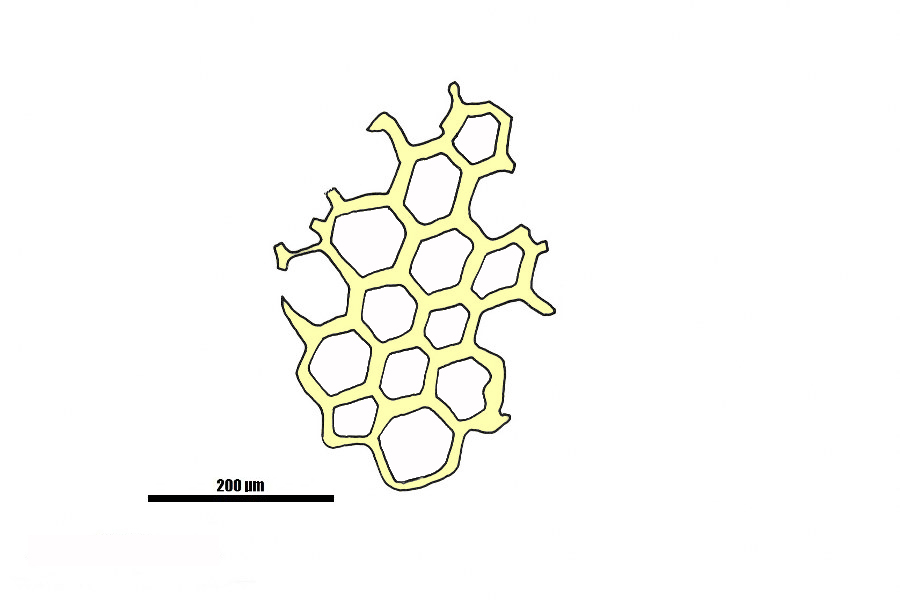Eocaudina? subhexagona Gutschick, Canis et Brill, 1967
Sugerowana cytacja: Gryz, P. 2020. Eocaudina? subhexagona Gutschick, Canis et Brill 1967. Ikonoteka (http://ikonoteka.paleo.pan.pl/xwiki/bin/view/Species/Eocaudina+subhexagona)
Diagnoza See Gutschick et al. 1967 Porównanie These sclerites are possibly partially non−holothurian in origin. Possibly these are the elements of the central disc of ophiuroids or of the thecal plates of echinoids. Autekologia Występowanie geograficzne Falcovec, Bulgaria; set G1 of Psie Górki, Holy Cross Mountains, Poland; borehole Chojnice 2 (3123,7–3129,9 m), Pomerania, Poland; Lodgepole Limestone, Allan Mountain Limestone, Madison County, Montana; Chouteau, Missouri; Compton Limestone, Cedar County, Missouri and Chappel Limestone, Central Texas, USA. Zasięg czasowy Late Frasnian to Tournaisian.?pieces of Devonian limestone in Carboniferous molasse (Westphalian D). Materiały muzealne GIUS 56 sieve plates. Literatura Boczarowski, A. 2001. Isolated sclerites of Devonian non-pelmatozoan echinoderms. Palaeontologia Polonica 59, 3–220. Gutschick, R.C., Canis W.F., & Brill, K.G.Jr. 1967. Kinderhook (Mississippian) holothurian sclerites from Montana and Missouri. Journal of Paleontology 41, 1461–1480. |
|

